Mucoceles: Causes, Symptoms, And Medical Treatment Options
Try out some effective ways to get rid of these painless fluid-filled cysts in your mouth.
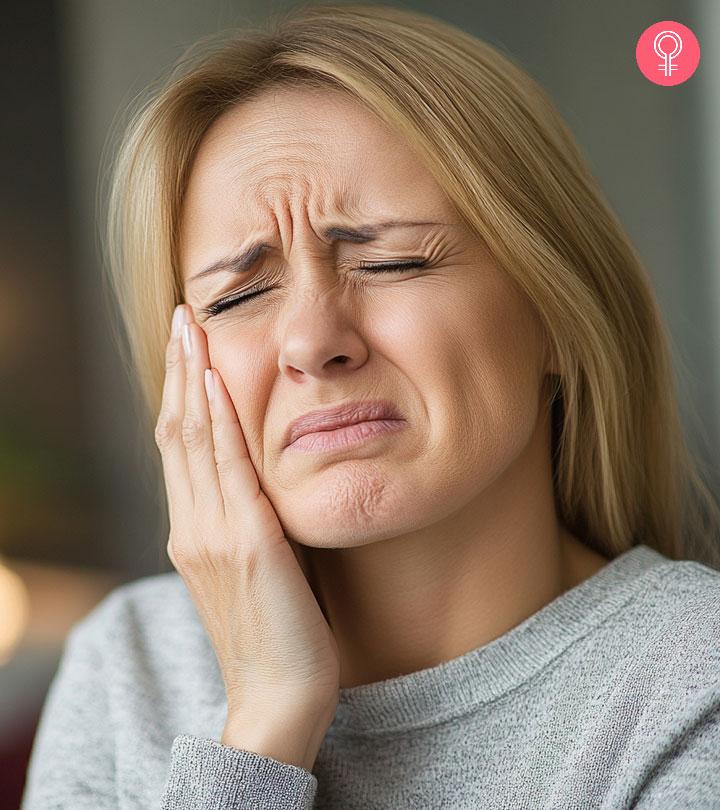
Image: Midjourney/ StyleCraze Design Team
A mucocele or oral mucous cyst is a tiny lump or cyst that develops in the mouth. This cyst on the bottom lip or the roof of the mouth can be painful, but home remedies for mucocele like honey and salt water can help.
Lip biting is the leading cause of these cysts in most cases, but there can be a few other reasons for their growth.
In this post, we talk about what drives mucoceles and how to identify and confirm if you have one. We also look at medical and natural remedies for treating mucoceles. So, read on!
In This Article
What Is A Mucocele?
A mucocele, also known as a mucous cyst, is a common benign condition that occurs in the oral cavity. It results from the accumulation of saliva within a tiny sac or cyst-like structure, typically on the lower lip or the floor of the mouth. Mucoceles are often caused by minor trauma or the blockage of salivary gland ducts that prevents saliva from flowing into the mouth. As a result, painless, round, or dome-shaped bumps form. Mucoceles are typically bluish or transparent and vary in size.
While mucoceles are usually harmless and resolve on their own, they can be bothersome. In some cases, they may rupture, leading to temporary discomfort. If a mucocele persists, becomes painful, or grows significantly, a dentist or oral surgeon can remove it surgically.
Learn the causes of mucocele in the next section in detail.
Causes Of Mucoceles
Most mucoceles result from damage to the salivary ducts. This could be due to trauma or lip biting. Sometimes, we accidentally bite the inside of our cheeks. A mucocele can easily form at such a site (1).
This trauma to the lips can also be caused by misaligned teeth or a badly placed lip piercing that injures your salivary gland. Other factors, such as sports injuries or smoking, can also damage the soft oral tissues, leading to the development of mucous cysts in your mouth.
When the mucocele forms under the tongue, on the floor of the mouth, it is known as a ranula (2). This happens when the salivary glands present their experience blockage.
Infographic: 3 Home Remedies To Manage Mucoceles

Illustration: StyleCraze Design Team
According to a study, the prevalence rate of mucocele is 2.4 cases per 1000 persons. It was also noted that the highest number of cases (70%) occur in those ranging from 3-20 years old. Ranulas are much less common, with a frequency of 0.2 cases per 1000 persons. They are usually found in teenagers and young adults.
In the next section, we will discuss the symptoms of mucocele.
Symptoms Of Mucoceles
The signs and symptoms depend on how deep within the skin the cyst lies. It also depends on where it occurs. Oral mucous cysts or mucoceles do not usually cause severe pain, but they cause discomfort. However, if they recur with time, they can become painful.
Some of the common symptoms of cysts on the surface of the skin include (3):
- A raised white bump on lips or swelling.
- Lesionsi A condition in which the tissue inside or outside the body gets bigger due to a trauma or injury. Lesions can be cancerous. that are up to 1 cm in diameter.
- Increased softness in the affected area.
- A blue coloration of the skin surrounding the oral lesion in some cases.
- Discomfort around the affected area while speaking, chewing, and swallowing.
- Swelling and tenderness in the affected area.
This cyst may feel mobile and less firm, while the overlying epitheliumi A layer of cells that live in body cavities and line hollow organs. Their function is to protect, absorb, secret, and filtrate in the body. looks intact.
In cases with a deeper cyst, it may appear more rounded and have a whitish appearance. These cases require immediate medical attention. You will mostly be asked to undergo surgical removal of the cyst in this case.
When To See A Doctor
If you observe any signs and symptoms as mentioned above, you should consult your doctor. This will help you rule out the possibility of any severe conditions that may lead to the development of an oral cyst. If you feel that the cyst is growing larger than 1 cm in diameter, you must seek immediate medical help.
Usually, a mucous cyst can be identified during a regular visit to your dentist. In most cases, your dentist will allow the cyst to resolve on its own. However, if the cyst persists for longer than 2 months, you must consult your doctor again.
 Quick Tip
Quick TipDiagnosis Of Mucoceles
Dr. Katrina Zhao, a dentist, says, “There is no quick way to get rid of mucoceles. Depending on its size and location, it can go away without treatment, but that takes around 3-6 weeks.”
She adds, “The quickest and best course of action is to have your dentist or doctor remove it for you. This will ensure that the salivary gland heals faster. This usually reduces the healing time to about 2-4 weeks.”
The standard procedure for diagnosing a mucocele involves your doctor asking you about a history of trauma to your lips, such as the history of lip biting. This helps them make an accurate diagnosis.
Sometimes, your doctor may ask for a sample to be taken for further tests. A sample of a small tissue may be sent for a biopsy to rule out any forms of cancer.
According to Dr. Zhao, “Mucoceles are not cancerous. But if you notice any bumps or swelling in your mouth, it’s best to seek the advice of your dentist or doctor. They will be able to confirm if it’s a mucocele and, alternatively, recommend a biopsy to determine if it’s something else.”
Typically, doctors may require a biopsy if the cyst looks larger than 2 cm in diameter, development of the cyst has taken place with no history of trauma or lip biting, or if the appearance of the cyst suggests adenomai A noncancerous tumor that often starts to grow in the tissues which cover glands and organs. or lipomai A fatty lump located just below the skin which continues to grow but is usually harmless. Only in rare cases, it is cancerous. .
Medical treatment of the mucocele depends on the severity of the cyst that has developed. If you have a superficial cyst (not too deep), the chances are that it may resolve on its own. However, if the cyst is deep and occurs frequently, it may need immediate medical attention.
Medical Treatment For Mucoceles
Oral mucocele treatments include:
- Laser Therapy

This treatment involves the use of a small, directed beam of light from a laser diode to remove the cyst (4). The laser diode is used for the excision of the mucous cyst.
This procedure involves the use of a beam of laser with the appropriate wavelength and absorption coefficient. This helps to eliminate the cyst and treat the target soft tissue with precision.
The advantages of this method include minimal discomfort while the process is carried out, less bleeding, better compliance among patients, and lesser chances of recurrence. Lasers have also been seen to cause lesser injury or trauma to the affected area and allow faster recovery.
- Cryotherapy
This treatment involves the destruction of the cyst by the application of extreme cold to the affected tissues (5). The process emphasizes the rapid application of extreme cold, slow thawing, and repeating the rapid cooling process. This helps maximize the process of destroying the affected soft tissue.
The advantage of this process is that it causes less discomfort and bleeding and lesser complications, such as hemorrhagei It occurs when damaged or injured blood vessels start to bleed. It could be from a minor injury or a major bleeding in the brain. , infection, and scarring after treatment.
It may also be repeated with no permanent side effects and can be suggested to patients for whom surgery has been contraindicated due to their age or medical history.
The disadvantage of this process is that it causes necrosisi It occurs when very little amount of blood flows to the tissues due to an injury, radiation or chemicals, causing them to eventually die. and sloughing along with the treatment. Other disadvantages of cryotherapy include an unpredictable degree of swelling and not being able to determine the exact depth and area of freezing. If you want to get rid of swollen lips, you need to think about these things, look into alternative therapies, or seek guidance from a medical expert.
- Intralesional Corticosteroid Injection
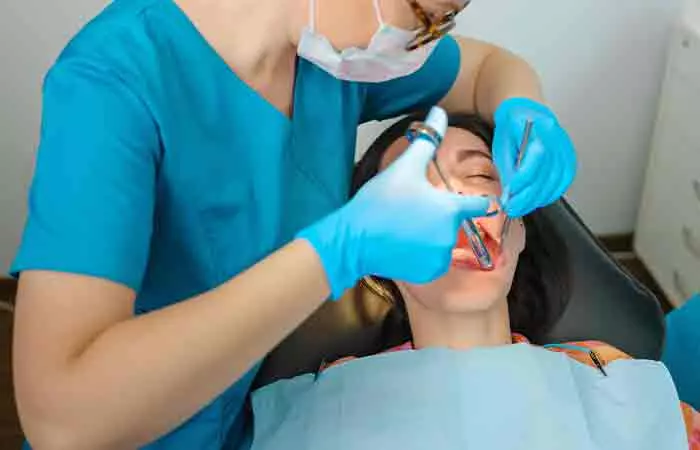
This treatment injects steroids into the cyst. Corticosteroid is a potent anti-inflammatory agent that can reduce swelling by shrinking the dilated salivary ducts (6).
As the term suggests, this process involves the injection of a sclerosing agenti A type of medication to treat enlarged veins, lymphatic malformation and inflammations in the body. or corticosteroid in the lesion. This enables the drainage of the cyst, which, in turn, reduces its size.
The benefit of this method is that it can help increase the concentration of the drug used at the site of the cyst. This reduces the complications that can arise as a result of the systemic absorption of corticosteroids.
The disadvantage of this procedure is the discomfort that arises if the injection method is not correct. It can cause some pain, and the process may lead to mucosal atrophyi A condition in which appropriate glands are damaged by inflammation and are replaced by either metaplasia or scarring. oral mucosa atrophy as a side effect.
If your doctor suspects recurrence in case of severe cysts, you might be asked to go in for surgical removal of the cyst.
Besides having the cysts removed by medical methods and if the cyst is not very severe, you may opt for home remedies to manage the symptoms.
Home Remedies For Mucoceles
Most cases of mucoceles may be treated with non-invasive and easy-to-follow home treatments. In fact, early interventions right at the onset of the condition can result in quick recovery. Here are a few remedies you can try:
1. Saline Rinse
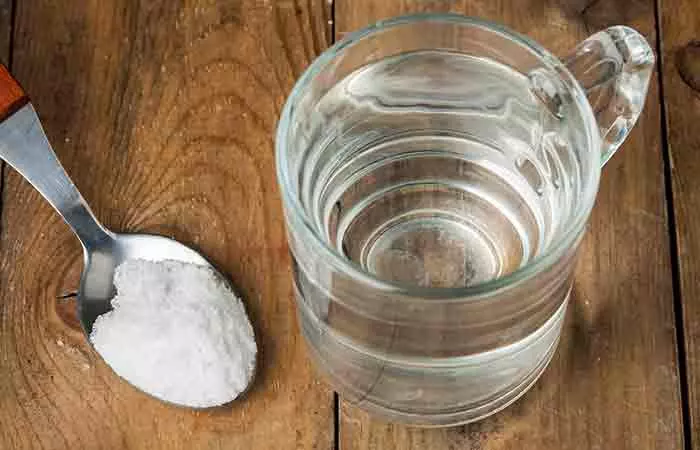
You can use a saline rinse as a mouthwash for a small mucous cyst. Doing this regularly can help draw the fluid out of the cyst. It can also help prevent any further infection to the affected area (7).
You Will Need
1 cup of warm water
1/2 teaspoon of salt
What You Have To Do
- Take a cup of warm water.
- Add half a teaspoon of salt to it and swish it in your mouth for about 15 seconds.
- Spit it out.
How Often You Should Do This
You can do this two times daily.
2. Honey
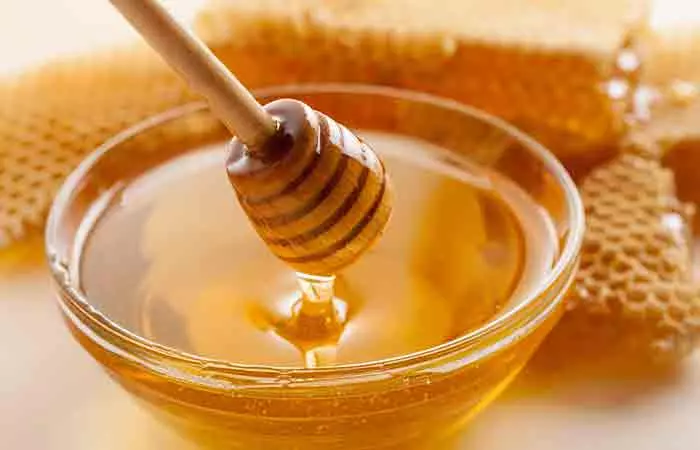
Honey is an antibacterial agent that can help prevent the affected site from further infection. It has wound-healing properties that can help speed up the healing process (8).
You Will Need
Honey
What You Have To Do
Take a few drops of honey and apply it to the affected area.
How Often You Should Do This
You can do this two times daily.
3. Sugarless Gum
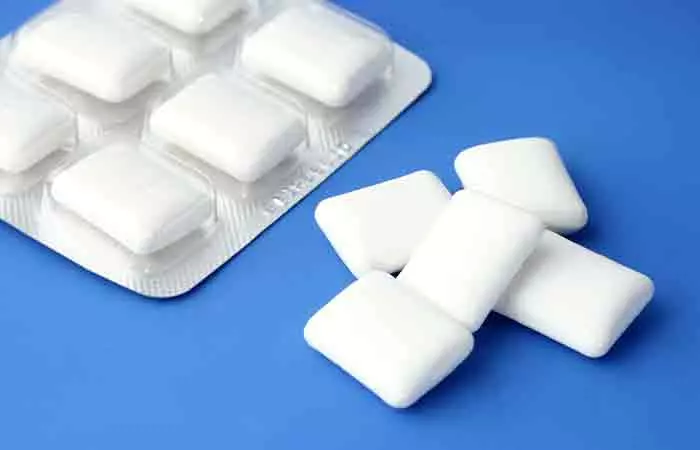
Chewing sugarless gum can help prevent you from biting your lip. It keeps your mouth occupied and ensures that you don’t meddle with the cyst.
4. Warm Compress
Anecdotal evidence suggests applying a warm compress to a mucocele may help soothe discomfort by reducing swelling. It may also lead to the drainage of the mucocele.
5. Ice
You may also try ice instead of heat. Simply place an ice cube in your mouth and let it dissolve. This may help numb the area and reduce swelling and discomfort.
Note: The home remedies for the treatment of mucoceles are limited. Even when following the ones given above, try not to rupture the mucocele, as this may cause infection or damage to your oral tissues.
 Quick Tip
Quick TipA mucous cyst is commonly seen as a mucocele on the lower lip. But it can also develop as a mucocele on the roof of the mouth. No matter where it develops, you can use any of the remedies mentioned above to provide relief from the condition. Here are some tips for you to prevent mucoceles.
Tips And Precautions
- Mostly, mucoceles resolve on their own. The best thing is to leave the mucocele cyst alone. If it doesn’t heal on its own in a few days, you must consult a doctor.
- If you have the habit of biting your lip, refrain from it as much as possible.
- If you have an existing mucocele, make sure that it does not get infected by using antibacterial mouthwashes or homemade saline rinses.
- Eat carefully so that you do not bite off the affected area and aggravate the salivary mucocele further.
- Maintain good oral and dental hygiene to avoid infections.
Along with following all these precautions, it is best to maintain good oral and dental hygiene to prevent infections. Here are some more tips you can follow to prevent a mucocele altogether.
How To Prevent Mucoceles
Try the following tips to prevent mucoceles from recurring:
- Avoid biting your lips or chewing on other objects that may damage the inner lining of your mouth.
- Brush and floss your teeth regularly to maintain good oral hygiene.
- Avoid spicy food that may irritate the lining of your mouth and lead to mucoceles.
- Consider wearing a mouthguard if you play contact sports like football, boxing, etc.
Despite mucoceles being painless, they may interfere with daily activities such as eating and drinking as they are located in a sensitive area. Usually, these types of cysts resolve on their own, but if you have a habit of biting your lips, the condition may become more severe. Following a few home remedies for mucocele treatment may accelerate the healing process. They are effective because they reduce cysts’ fluid concentration, keep the mouth occupied, or promote wound healing and maintain overall oral health. However, it is important to consult your healthcare provider if you feel your cyst is growing or the mucocele is not resolved naturally.
Frequently Asked Questions
Can stress cause oral mucoceles?
Dr. Zhao says, “Stress can cause oral mucoceles if the person constantly bites or chews on their lips or cheeks as a result of the stress.”
Can a mucocele come back after removal?
“Unfortunately, oral mucocele recurrence is possible. It happens if the salivary duct is not fully removed or if other salivary glands are affected. To prevent infection, oral hygiene is essential, as well as avoiding further trauma (pricking, picking at the cyst),” says Dr. Zhao.
Which medicine is best for mucoceles?
Dr. Katrina Zhao says, “Besides waiting for the mucocele to go away on its own or having it removed, your dentist or doctor can also prescribe medication. This can be in the form of steroid shots or corticosteroid gels applied topically.”
Are mucoceles dangerous?
They are usually harmless, except for the scar tissue they can sometimes leave behind.
Are mucoceles painful?
A deep mucocele can be painful, which is a rare case. Most mucoceles are superficial and painless.
How long does it take for a mucocele to form?
There is no specific period for a mucocele to develop. It usually develops suddenly.
How long does it take for mucocele to go away?
Most mucoceles go away in a week or so. There have been cases where the mucocele took 3-6 weeks to heal on its own.
What are the most common locations to find mucoceles?
An oral mucocele can be found at any of the following locations:
- Inside the lower lip
- Inner cheek
- Under the tongue (floor of the mouth)
- The roof of the mouth
- On the tongue
Mucoceles are very rarely found on the upper lip.
Which doctor should you go to for a mucocele?
You should consult a dental specialist to avail allopathy treatment for a mucocele or dental cyst.
Can I ice a mucous cyst?
Yes, you may keep ice on a mucocele cyst as it will help numb the pain and reduce the inflammation.
Can mucoceles be cancerous?
No, mucoceles are harmless and non-cancerous. They do not lead to cancer.
Can a mucous cyst cause any permanent damage?
Though a mucous cyst will heal on its own, it may cause permanent scarring if you pop it. It may lead to open wounds, which may become infected and cause scarring.
Is a mucous cyst contagious?
No, a mucous cyst is not contagious and will heal on its own.
Key Takeaways
- The tiny lump-like cyst on the lower lip or the roof of your mouth is called a mucocele or oral mucous, generally caused by lip-biting.
- Treatments for a mucocele include laser therapy, cryotherapy, and Intralesional corticosteroid injections.
- Salt rinse and honey are effective home remedies to deal with a mucocele and maintaining proper mouth health.
- Use antibacterial mouthwashes to prevent infections in case of an existing mucocele and for necessary mouth care.
Illustration: How To Drain A Mucocele Naturally
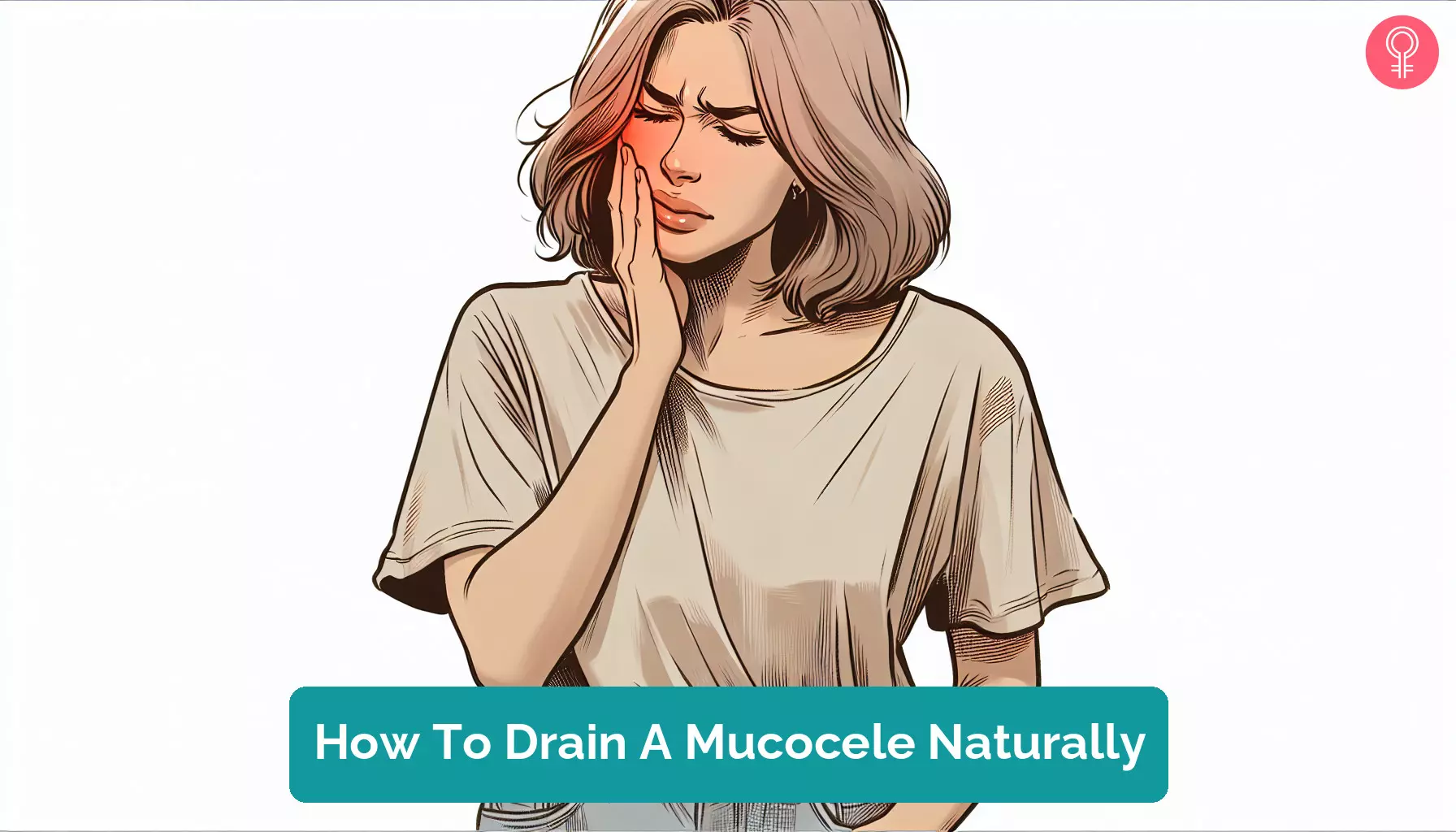
Image: Dall·E/StyleCraze Design Team
Discover 5 easy home remedies to help treat a mucocele or mucous cyst. Check out this video and learn how to reduce swelling and discomfort with simple, natural solutions.
References
Articles on StyleCraze are backed by verified information from peer-reviewed and academic research papers, reputed organizations, research institutions, and medical associations to ensure accuracy and relevance. Read our editorial policy to learn more.
- Oral mucocele: Review of literature and a case report, Journal of Pharmacy & BioAllied Sciences, US National Library of Medicine, National Institutes of Health.
https://www.ncbi.nlm.nih.gov/pmc/articles/PMC4606697/ - Management of Paediatric Oral Ranula: A Systematic Review, Journal of Clinical and Diagnostic Research, US National Library of Medicine, National Institutes of Health.
https://www.ncbi.nlm.nih.gov/pmc/articles/PMC5713871/ - Mucocele on Lower Lip: A Case Series, Indian Dermatology Online Journal, US National Library of Medicine, National Institutes of Health.
https://www.ncbi.nlm.nih.gov/pmc/articles/PMC5447343/ - Excision of Mucocele Using Diode Laser in Lower Lip, Case Reports in Dentistry, US National Library of Medicine, National Institutes of Health.
https://www.ncbi.nlm.nih.gov/pmc/articles/PMC5209594/ - Cryosurgery: Painless and Fearless Management of Mucocele in Young Patient, Journal of Clinical and Diagnostic Research, US National Library of Medicine, National Institutes of Health.
https://www.ncbi.nlm.nih.gov/pmc/articles/PMC4190797/ - Nonsurgical Management of Oral Mucocele by Intralesional Corticosteroid Therapy, International Journal of Dentistry, US National Library of Medicine, National Institutes of Health.
https://www.ncbi.nlm.nih.gov/pmc/articles/PMC5086369/ - Treating Mucocele in Pediatric Patients Using a Diode Laser: Three Case Reports, MDPI, US National Library of Medicine, National Institutes of Health.
https://www.ncbi.nlm.nih.gov/pmc/articles/PMC6023325/ - Evidence for Clinical Use of Honey in Wound Healing as an Anti-bacterial, Anti-inflammatory Anti-oxidant and Anti-viral Agent: A Review, Jundishapur Journal of Natural Pharmaceutical Products, US National Library of Medicine, National Institutes of Health.
https://www.ncbi.nlm.nih.gov/pmc/articles/PMC3941901/
Read full bio of Dr. Thomas Connelly
- Dr. Katrina Zhao, BDS, is a principal dentist with over 9 years of experience in cosmetic procedures, Invisalign, teeth whitening, wisdom teeth removal, and kids dentistry. She aims to provide quality dental care to her patients and keeps herself updated with the latest developments in cosmetic dentistry by undertaking continuing education courses.
 Dr. Katrina Zhao, BDS, is a principal dentist with over 9 years of experience in cosmetic procedures, Invisalign, teeth whitening, wisdom teeth removal, and kids dentistry. She aims to provide quality dental care to her patients and keeps herself updated with the latest developments in cosmetic dentistry by undertaking continuing education courses.
Dr. Katrina Zhao, BDS, is a principal dentist with over 9 years of experience in cosmetic procedures, Invisalign, teeth whitening, wisdom teeth removal, and kids dentistry. She aims to provide quality dental care to her patients and keeps herself updated with the latest developments in cosmetic dentistry by undertaking continuing education courses.
Read full bio of Arshiya Syeda
Read full bio of Dipti Sharma







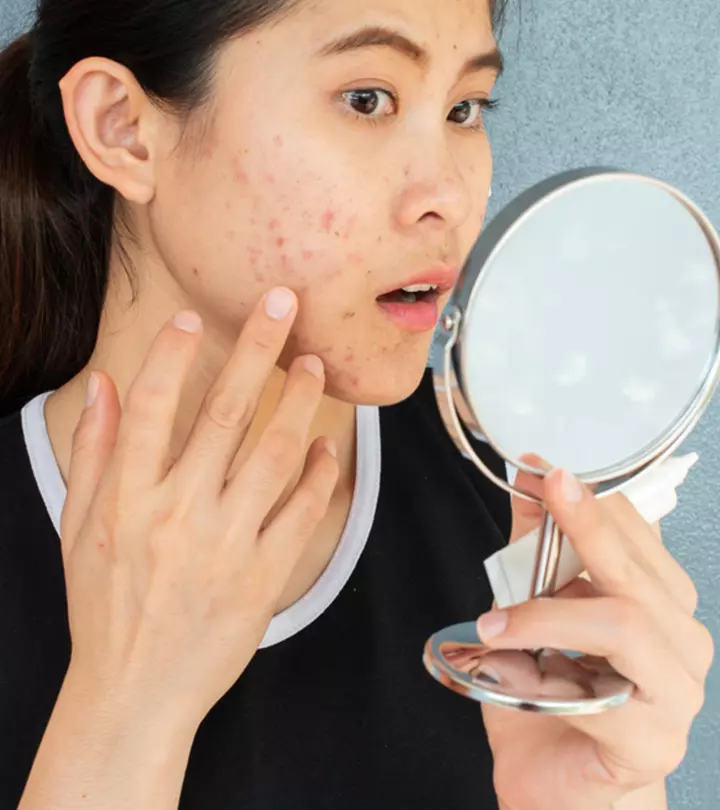
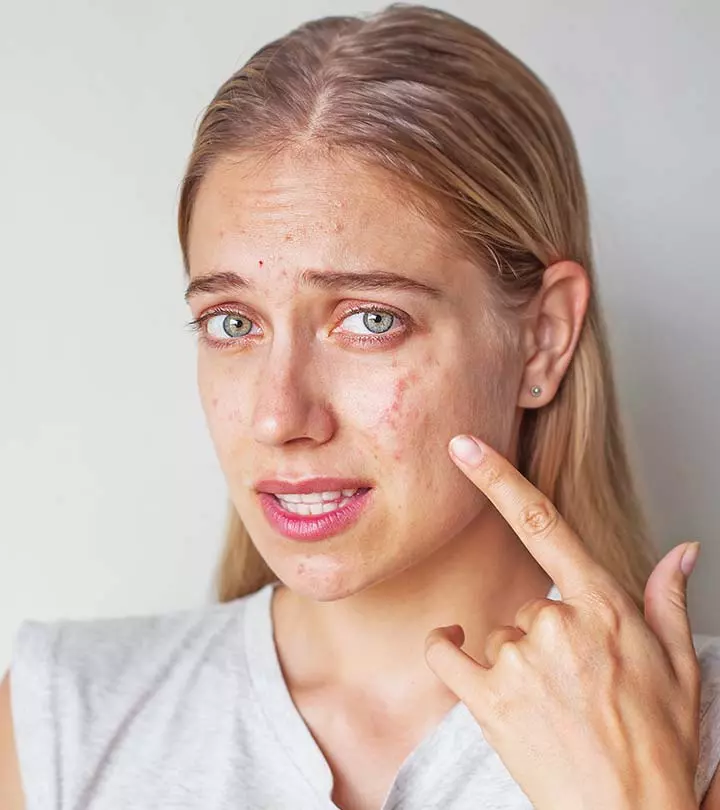
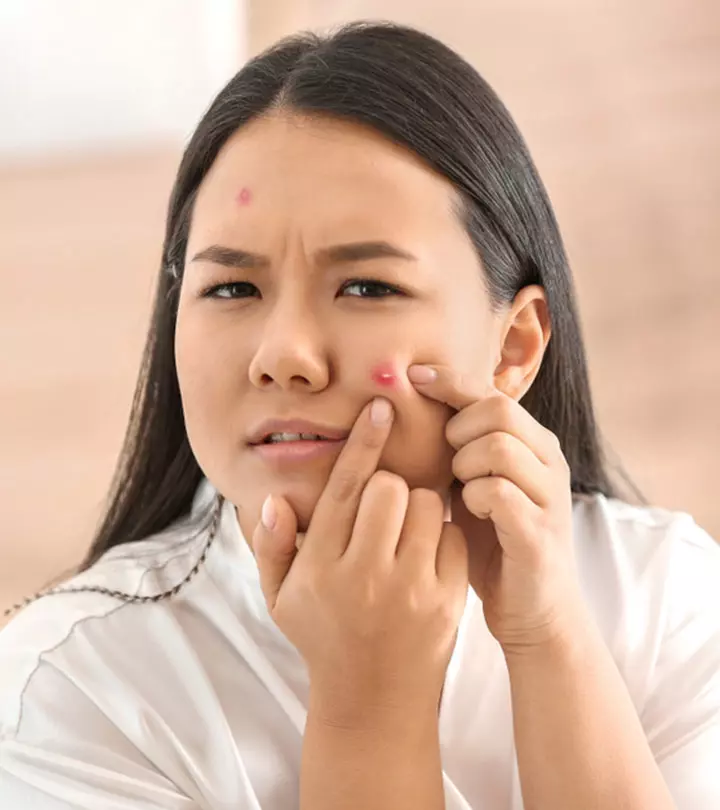

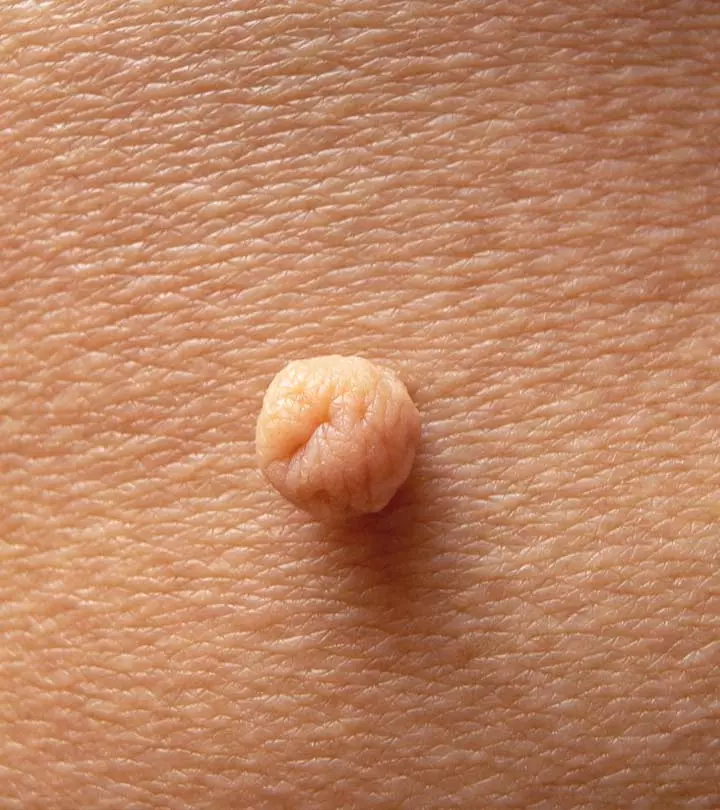
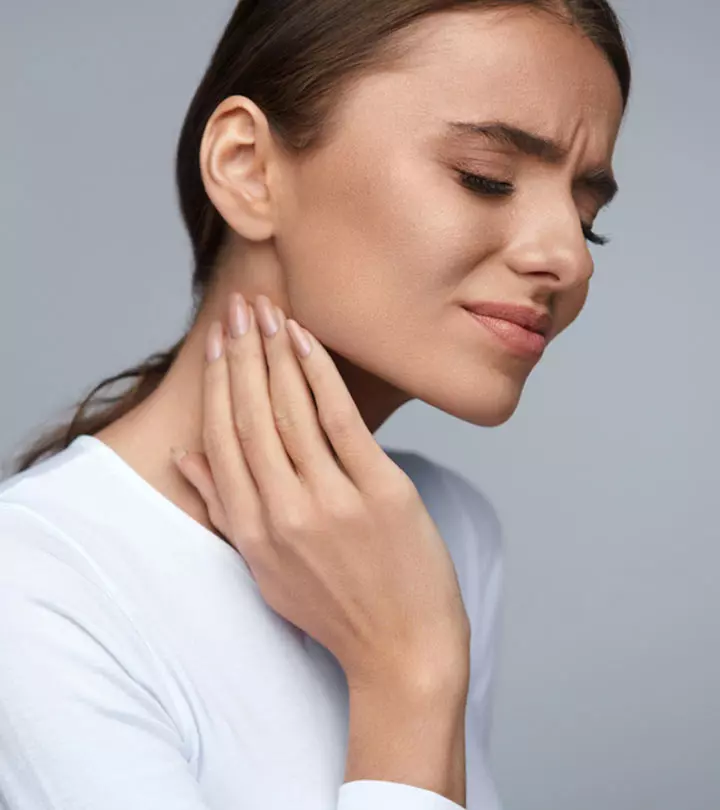


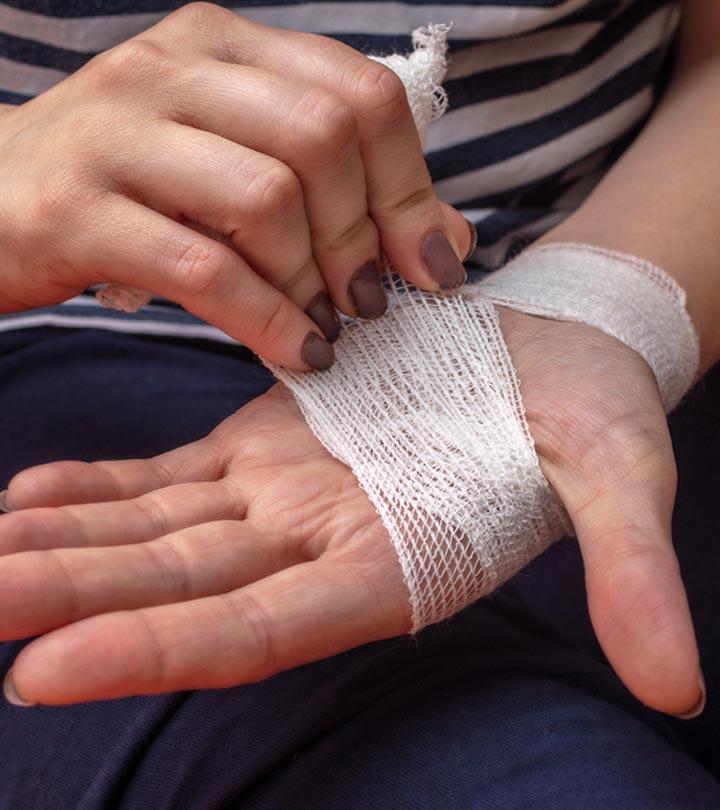


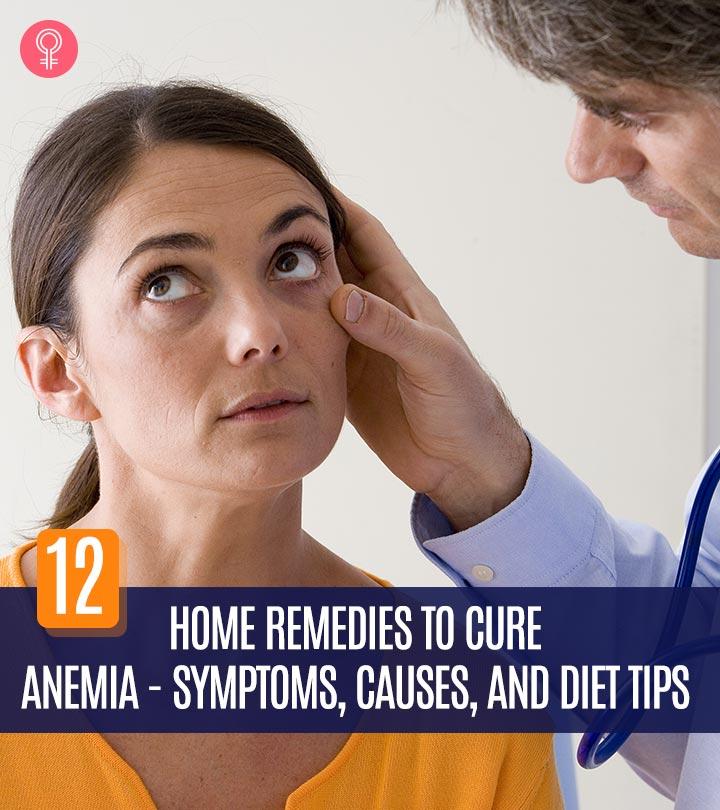



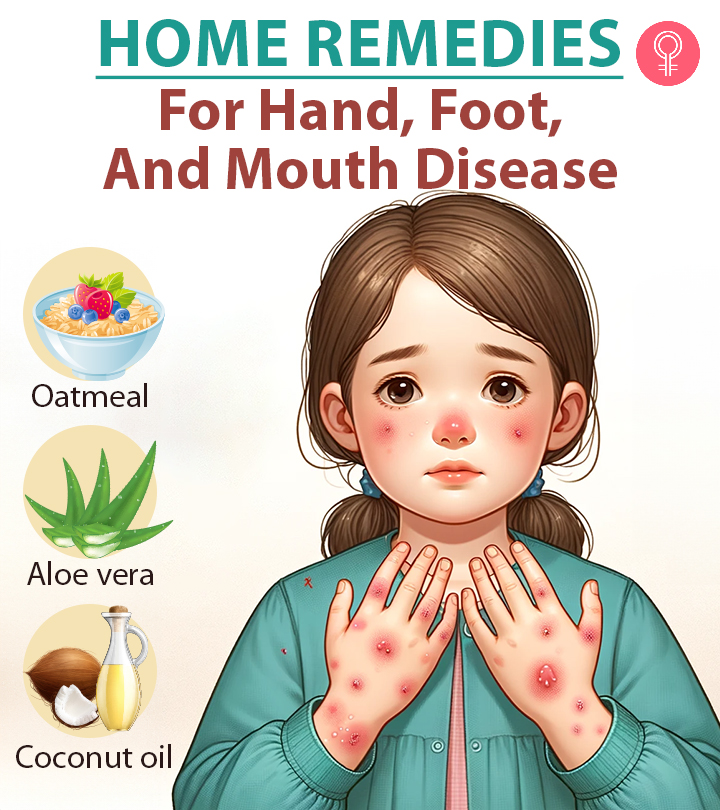
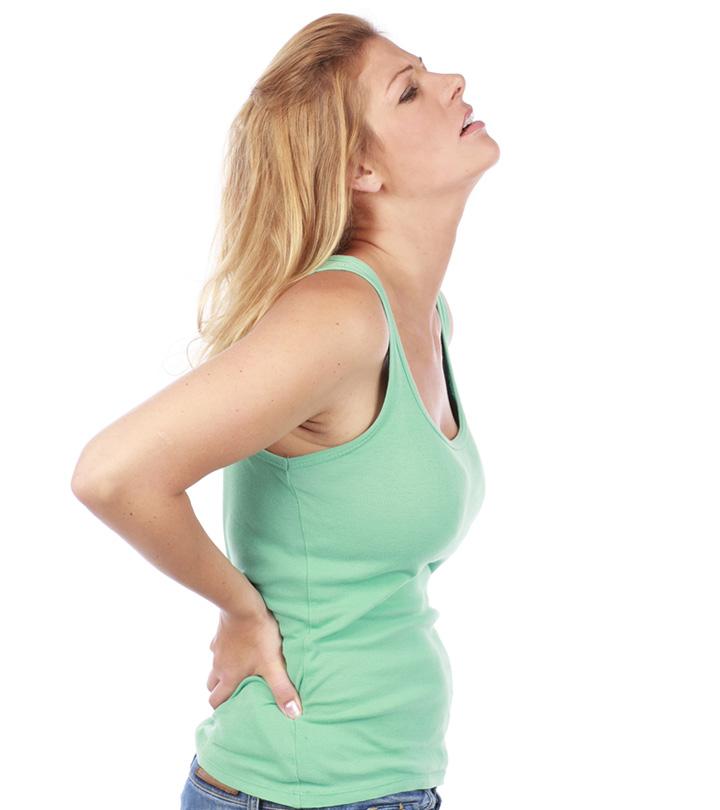
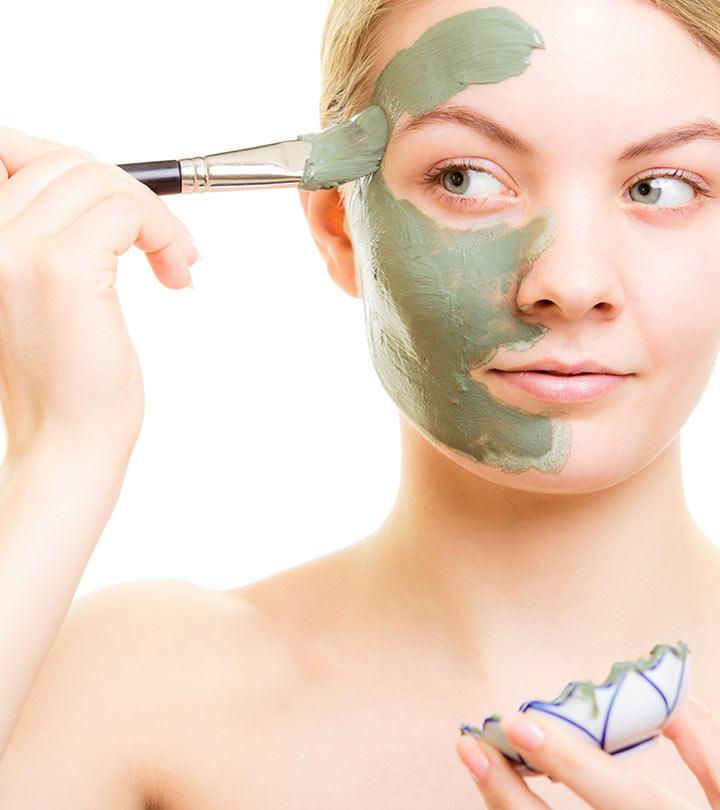

Community Experiences
Join the conversation and become a part of our empowering community! Share your stories, experiences, and insights to connect with other beauty, lifestyle, and health enthusiasts.